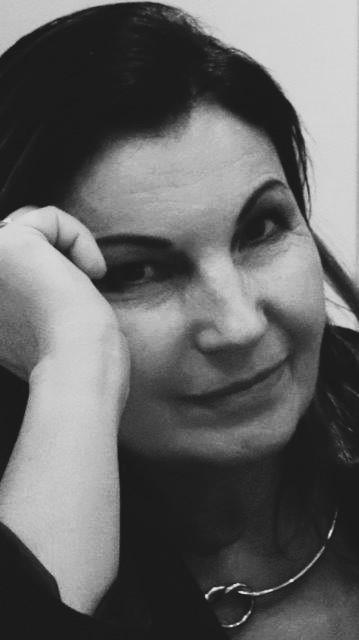
4 minute read
How to Teach Well
Interview with Dr. Helen Kavvadia
One of the best courses I have ever attended during my studies – at four different universities in three different countries – was Dr. Helen Kavvadia’s* course Economic Diplomacy at our university. I attended it as a philosopher, i.e. a non-economist, and I still enjoyed the hell out of it.
Helen was kind enough to sit down with ROUX for an online interview to talk about the secrets of engaging students and making a class desirable to attend. It’s worth a read, especially if one decides to pursue a career in conveying knowledge to others. We also touched on how teaching others influences one’s research.
The whole group worked enthusiastically during classes, and also during individual and group home assignments. We all felt very involved. How did you achieve that?
The most important thing is that I trust my students greatly. I know that they always have adequate theoretical knowledge, so I only add field actualities to the class, so that they can make use of their knowledge, and develop further skills.
Students thus have the opportunity to complement their existing background knowledge with empirical exposure in a controlled class environment.
Also, I want to provide students with an environment where they can work in three settings: individual, small group, and whole class. This is very important because real work is exactly like that: you are expected to be able to work on your own, in task groups, and together with your whole department.
This way, everyone can bring their own knowledge into the room, and also learn how to cooperate with others.
Classes were held in blocks; we had four-hour lessons biweekly. Was that a conscious decision or a scheduling misfortune?
Classes were every other week because, this way, students had the time to reflect on what was done in class. Also, this way there is more time to prepare the homework, more time to deepen the knowledge. Finally, longer classes mean more in-depth fieldwork. I think this provides a more effective learning experience. I, myself, also study more efficiently this way.
Corporate training is also like this. Sessions are intensive and interactive, and there is a few weeks break between them. This makes people perform better, and most importantly it makes them bond better.
But again: I can always rely on students’ knowledge, which makes this kind of teaching method possible.
How did you choose the topics of the individual sessions?
I always bring real-life case studies. Academic texts are too long to cover in single classes; I find it better if I develop a field study based on a theoretical text.
I always chose an up-to-date topic, which means the case studies are influenced by daily news. This gives the sessions a sense of actuality and practical applicability.
Applicability of what we learn is a good motivator, but working on real life challenges has another advantage. Since what is in the daily news cannot be planned ahead, my classes always have a surprise element; and I have found this also motivates students.
Does your teaching method influence your research?
Very much so. Covering the cases with students helps me digest my research material; I learn a lot from my students. Teaching is a two-way experience. We learn a lot from each other. This is very important. Also, teaching and research are different modus operandi; they require a different type of attention.
Teaching is interactive, while research is reflective. I find it better if, akin to my students, during the semester I absorb. Then, I reflect – i.e. do my writing – during the summer break.
I’d rather not mix these two operating and focus modes. Both the input and reflecting on it are more efficient if they don’t really overlap.

